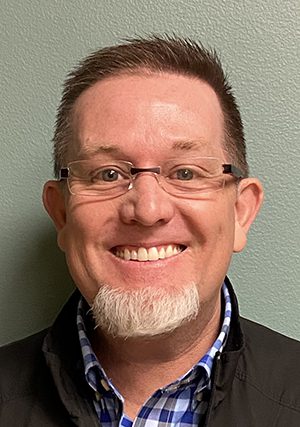“Evaluate your options, make your choices and be flexible in how they are implemented.” –Brad Pistole
One of the most significant pieces of financial legislation enacted in the last 50 years was The Employee Retirement Income Security Act of 1974, better known as “ERISA.”
ERISA was a direct response to the realization that most Americans did not have enough saved for retirement. ERISA provided the incentive of deferred taxation, allowing Americans to grow their savings more quickly using what came to be known as Individual Retirement Accounts (IRAs.)
A specific provision in ERISA required that an IRA must be held by a custodian to provide more tax accountability and oversight.
The problem with using the custodial format was that most of the custodians were banks and brokerage firms. For various reasons, these institutions failed to provide many investment options, usually offering just a handful of stocks or mutual funds. Many times, the only products offered were those that earned the most profits for the institutions, regardless of how they impacted plan participants.
Employees with qualified plans, particularly seasoned and experienced investors, became frustrated with the limited choices and lack of control inherent in IRAs. They wanted and needed more options and control.
In response to these needs, a few custodians began to provide new IRA platforms. These self-directed plans allowed participants to dedicate retirement funds that could be invested in nearly any asset.
“Self-directed” IRAs (SDIRAs) were a significant improvement over traditional IRAs in terms of investment diversity. These early SDIRAs were cumbersome and costly to administer since they relied on an inefficient custodial model. However, investors saw the potential for self-directed IRAs and pushed to perfect a new model.
The Checkbook Self-Directed IRA
A more cost-effective, efficient type of SDIRA gradually emerged.
Popularly known as a Checkbook IRA, it employs a feature known as “Checkbook Control.” Checkbook Control means that, although a custodian continues to hold the IRA per ERISA rules, the investor gets unlimited access to the funds. An account holder may use those funds in real-time with no fees.
Creating a Checkbook IRA involves forming a dedicated LLC. The account holder becomes the non-compensated manager of the LLC. Funding for the LLC comes from that investor’s IRA.
After funding the LLC, the account holder opens a checking account in the LLC’s name. By doing so, the investor may access and use IRA funds in the LLC by writing a check, avoiding delays, and transaction fees.
Depending on the SDIRA custodian you choose, you may hold things like private placements, tax lien certificates, real estate, commodities, or precious metals. Some custodians also offer less obvious choices such as shares of an LLC, performing notes, lease options, or commercial real estate.
Self-Directed IRAs Are Not for The Faint of Heart
Despite the great diversity and control offered by SDIRAs, most financial advisors don’t recommend them to their clients. That’s because SDIRAs come with a lot of baggage, including the need to continually monitor your investments, numerous regulatory pitfalls, and tax consequences.
Since you, as the account holder, are ultimately responsible for ensuring your SDIRA is compliant, you will probably need to hire at least one SDIRA advisor. You might also need a dedicated tax specialist on your team. Another consideration is the fact that many investments inside an SDIRA are difficult to properly value.
Navigating the regulatory landmines of an SDIRA is likely to increase your investment costs and create frustration. Unless you are an experienced, wealthier investor, this type of IRA could be more trouble than it’s worth. Additionally, SDIRAs often carry more risk than do regular IRAs.
If you are thinking of using an SDIRA for your retirement, you should always consult a financial advisor who understands these vehicles. An advisor who specializes in SDIRAs can help you discover if they will help you achieve your particular retirement objectives.
Do you have a question or comment for Brad Pistole? Please visit www.guaranteedsafemoney.com. You can tune into Safe Money Radio, KSGF 104.1 Sat & Sun 7-8 am & 3-4 pm and KWTO 560 am Sat & Sun at 8 am – 9 am for more of Brad’s smart money advice. Register for Brad’s FREE Newsletter at 888-888-998-3463 or click his newsletter link: Brad Pistole Newsletter
















